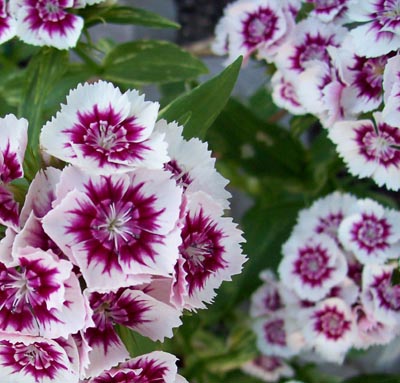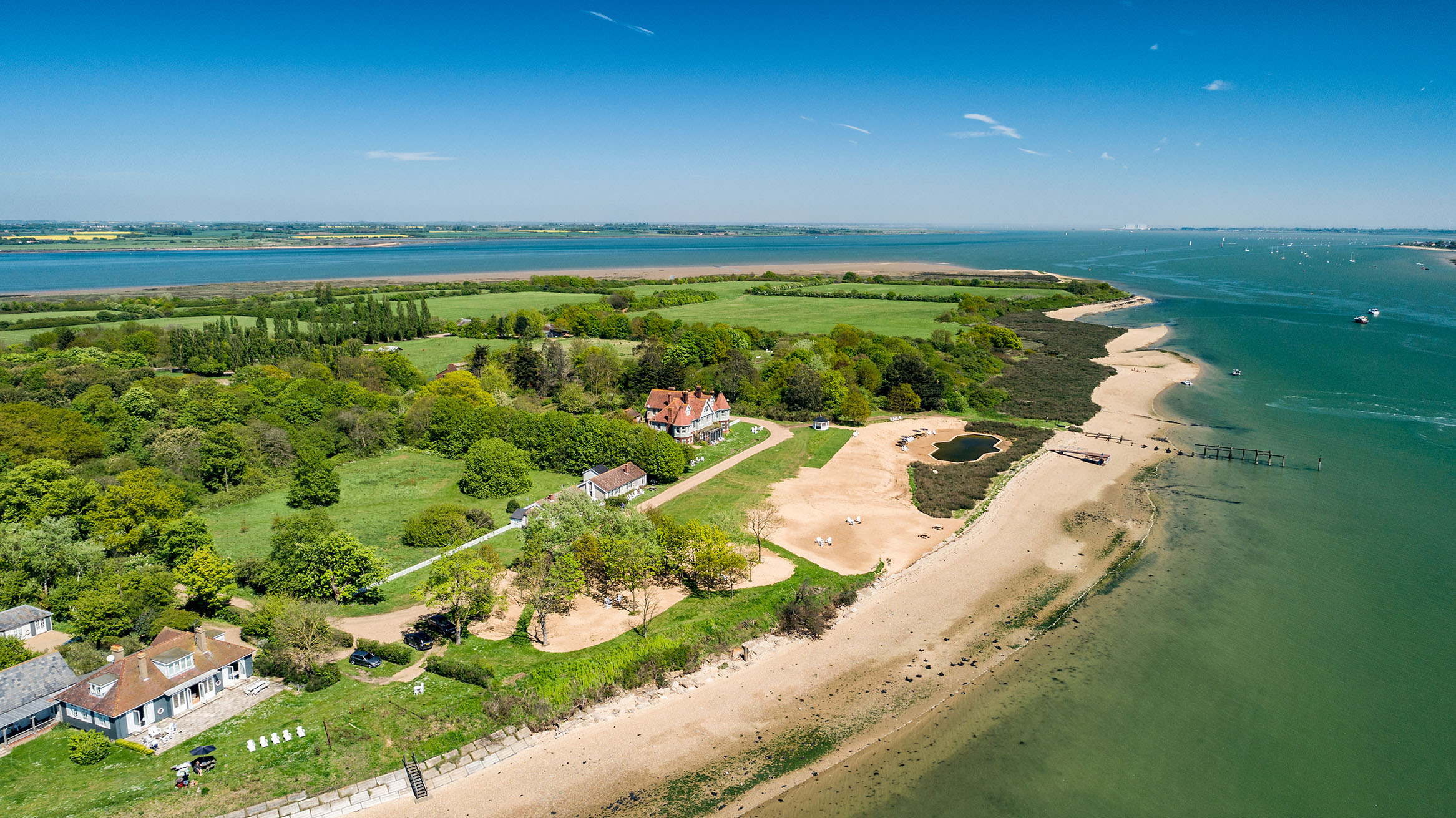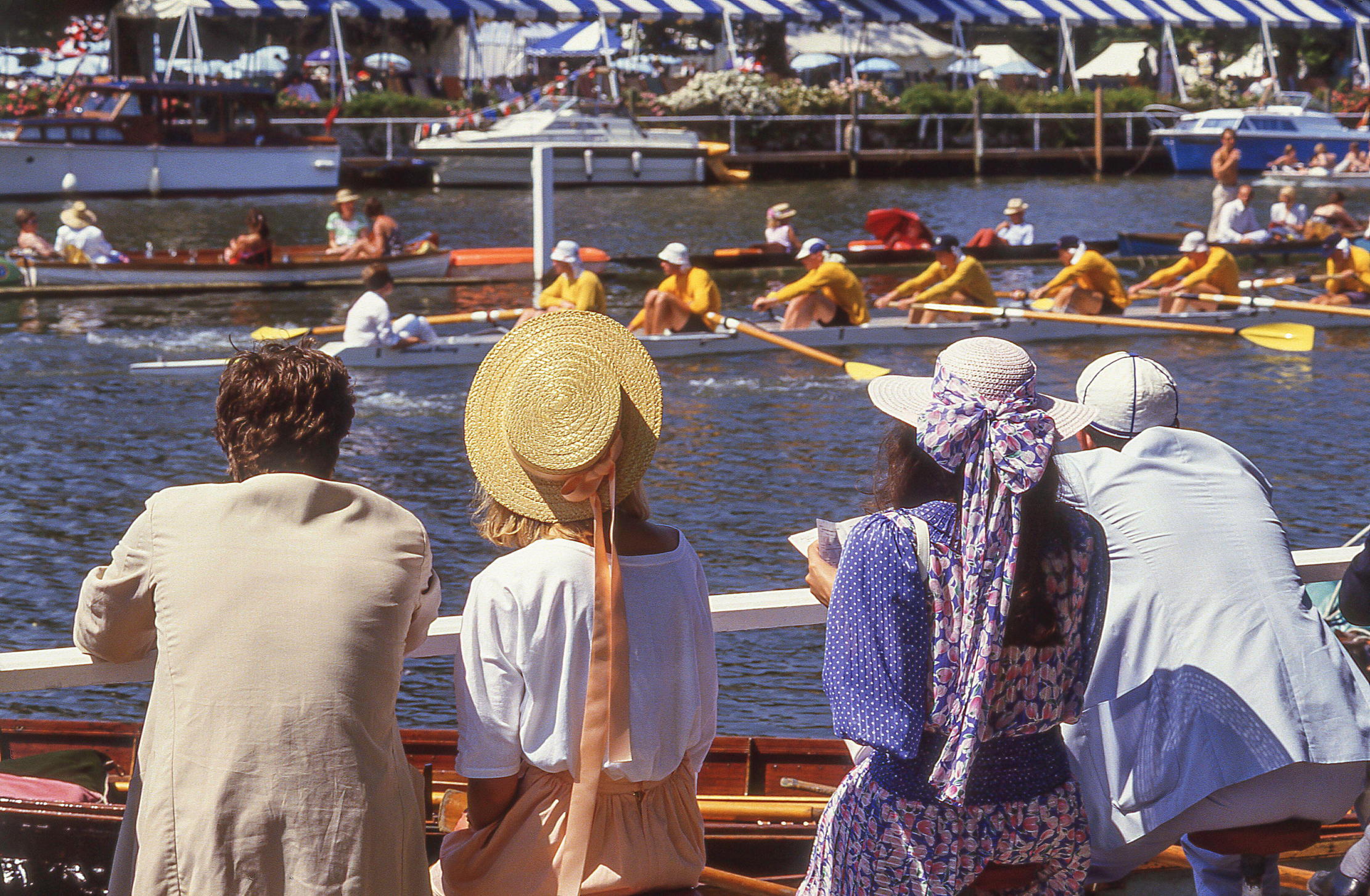Why you should sow biennials now
Sow your biennials now – top tips from Troy Scott Smith


Since the National Trust took over the garden's care, the range of biennials used here has expanded to more than 20 types, varied each year and most of them grown in a large, open bed, west of the Rose Garden. We grow several varieties of some, such as wallflowers, and always in sufficient numbers to ensure a generous flowering display.
The time to sow is when you're removing this year's plants, typically at the end of May and into June, depending on the year. However, there are subtle timing differences that matter: the first you should sow are Sweet Williams (Dianthus barbatus), followed by foxgloves, verbascum, wallflowers and pansies last of all, perhaps as late as July.
All of our seeds are sown into peat-free compost with added perlite. The compost is an excellent fine grade and the addition of the perlite provides an open, free-draining medium for the seedlings' young root systems. Small, shallow pans are used for sowing and each is clearly marked with the sowing date and plant name.
Spacing the seeds and sowing evenly will help prevent issues with overcrowding and poor growth when the seedlings emerge; the size of the seed determines the depth of sowing. A good rule of thumb is that the sowing depth should be roughly the same as the size of the seed itself. Apart from digitalis and verbascum, which need light to germinate, all of our biennials are sown in our cool pot store in the dark, with the majority of seeds germinating within two weeks.
When they're large enough to handle, we prick off the seedlings into plug trays before lining them out in the biennial bed for summer. By the time we're ready to plant within the garden, usually around late October, the majority have made good strong plants.
We had good success this year growing wallflowers as separate colours; in the Cottage Garden, we planted Erysimum Blood Red, Fire King and the long-lasting orange Siberian wallflower, Erysimum x marshallii in distinct groups rather than mixed like a fruit salad. We also experimented with tulips planted in blocks or drifts, behind or adjacent to the wallflowers rather than scattered through them. We found such schemes worked best where the most strident colours were represented less frequently; say, in a ratio of 1:4.
Equally successful has been the white foxglove, whose vertical accents have contrasted in shape most effectively with the more horizontal effects of the autumn-sown umbellifer Ammi majus.
Sign up for the Country Life Newsletter
Exquisite houses, the beauty of Nature, and how to get the most from your life, straight to your inbox.
The great challenge when growing biennials is deciding how to avoid a ‘gap' once they have finished and what should follow them. I employ various techniques: replacing with a late-sown annual, such as cosmos or nicotiana that has been pot-grown to a good size and so fills the space instantly, or replacing with a fast-growing tender perennial which, again, fills the space instantly (such as dahlia, canna or salvia).
Another method is to have plants nearby that can sprawl over and through the decaying biennial- things such as rhodochiton, lablab or clematis. Finally, my preferred option is to interplant with an annual or tender perennial while the biennial is still in situ, giving the replacement plant more time to settle and grow.
Many other biennials can be easily grown from seed, including the impressive Angelica archangelica, Eryngium giganteum, Isatis tinctoria, the indispensable Lunaria annua, clary, caraway, Salvia sclarea L. var. turkestanica, Glaucium flavum with delightful pale-grey foliage, the iridescent Anchusa azurea and the under-rated Campanula patula. In addition, some perennials are strongest as young plants and can be grown as biennials-such as Althaea rosea, Lupinus polyphyllus or the night-scented hesperis.
* Follow Country Life magazine on Twitter
Country Life is unlike any other magazine: the only glossy weekly on the newsstand and the only magazine that has been guest-edited by HRH The King not once, but twice. It is a celebration of modern rural life and all its diverse joys and pleasures — that was first published in Queen Victoria's Diamond Jubilee year. Our eclectic mixture of witty and informative content — from the most up-to-date property news and commentary and a coveted glimpse inside some of the UK's best houses and gardens, to gardening, the arts and interior design, written by experts in their field — still cannot be found in print or online, anywhere else.
-
 380 acres and 90 bedrooms on the £25m private island being sold by one of Britain's top music producers
380 acres and 90 bedrooms on the £25m private island being sold by one of Britain's top music producersStormzy, Rihanna and the Rolling Stones are just a part of the story at Osea Island, a dot on the map in the seas off Essex.
By Lotte Brundle
-
 'A delicious chance to step back in time and bask in the best of Britain': An insider's guide to The Season
'A delicious chance to step back in time and bask in the best of Britain': An insider's guide to The SeasonHere's how to navigate this summer's top events in style, from those who know best.
By Madeleine Silver